Saint Patrick - Apostle of Ireland
Because of St. Patrick pilgrims walk to the top of Croagh Patrick, some even barefoot, saying the Stations of the Cross; the devout go on a three-day silent retreat to Station Island in Loch Derg at St. Patrick's Purgatory; and St. Patrick Day (March 17th) is a welcome break from fasting during Lent - It is celebrated with parades in every town, with loads of treats and drowning the shamrock in green beer. These traditions are, however, late(r) inventions, and have nothing to do with the historical Patrick.

In St. Patrick's own writings he comes across as a man of simple steady faith, humble, hard-working
and courageous. He possessed a deep love of God and never lost his sense of
amazement at his calling to convert Ireland.
Patrick
was born about the end of the 4th century; the Annals of the four Masters record his death twice, 35 years apart. Tradition says he died on March 17th 493, being 122
years old. In his ConfessionPatrick mentions Bannavem Taburniæ (or Bannaventa Berniae) as the place where he grew up, most likely on the west coast of Britain; his father was "Calpornius," a deacon in the local
Celtic Christian church; his grand-father "Potitus," was also a church leader, an Elder or Presbyter.
It was a time of tumult: the hordes of Goths and barbarians from Northern Europe began hammering at the door of Rome. Rome summoned its soldiers home from Britain. This was the signal for Irish raiders to harass the well-stocked towns of the Romans in Britain. On one of these raids, Patrick was kidnapped by pirates. He was taken to north-east Ireland, known as "Dalriada," and sold as a slave to herd sheep and pigs for a local Druid (pagan) priest. While herding pigs, he had much time to ponder the many Bible verses his Christian father taught him. They led him to trust Christ as his Saviour. In his Confession he wrote, “At 16 ... in a strange land the Lord opened my unbelieving eyes and I was converted.”
During his years of slavery, he was known as “Holy Boy” because
he was always praying and talking about his Saviour. Romans 8:28 says, “All things work together for good to those who love God, to
those who are called according to His purpose.” He alluded to this verse in his Confession when he wrote, “Whatever happens to
me, whether pleasant or distasteful, I accept, giving thanks to God who never
disappoints.”
After about six years in captivity, Patrick heard a voice saying "a ship is waiting" to take him home. He soon escaped and walked several days until he reached the coast where he found a ship and a captain willing to take him on, after some persuasion. After three days at sea they reached land and, following several adventures, he was at last reunited with his family.
God called him to return to Ireland 20 years later, “to dwell in the midst of barbarians ... for the love of God.” He faced many hardships "daily I expect murder, fraud, or captivity, or whatever it may be;" for the sake of "the Gospel and its promises" so that "a great multitude and throng might be caught for God". "For I am much God’s debtor, who gave me such great grace that many people were reborn in God through me". During his 29 years as a missionary (from 432-461 AD), Patrick baptized over 120,000 Irish, and established at least 300 churches (the Four Annals even mention 600 Churches) in which the Saviour God was owned, the Word of God was preached and the triune God was worshiped.